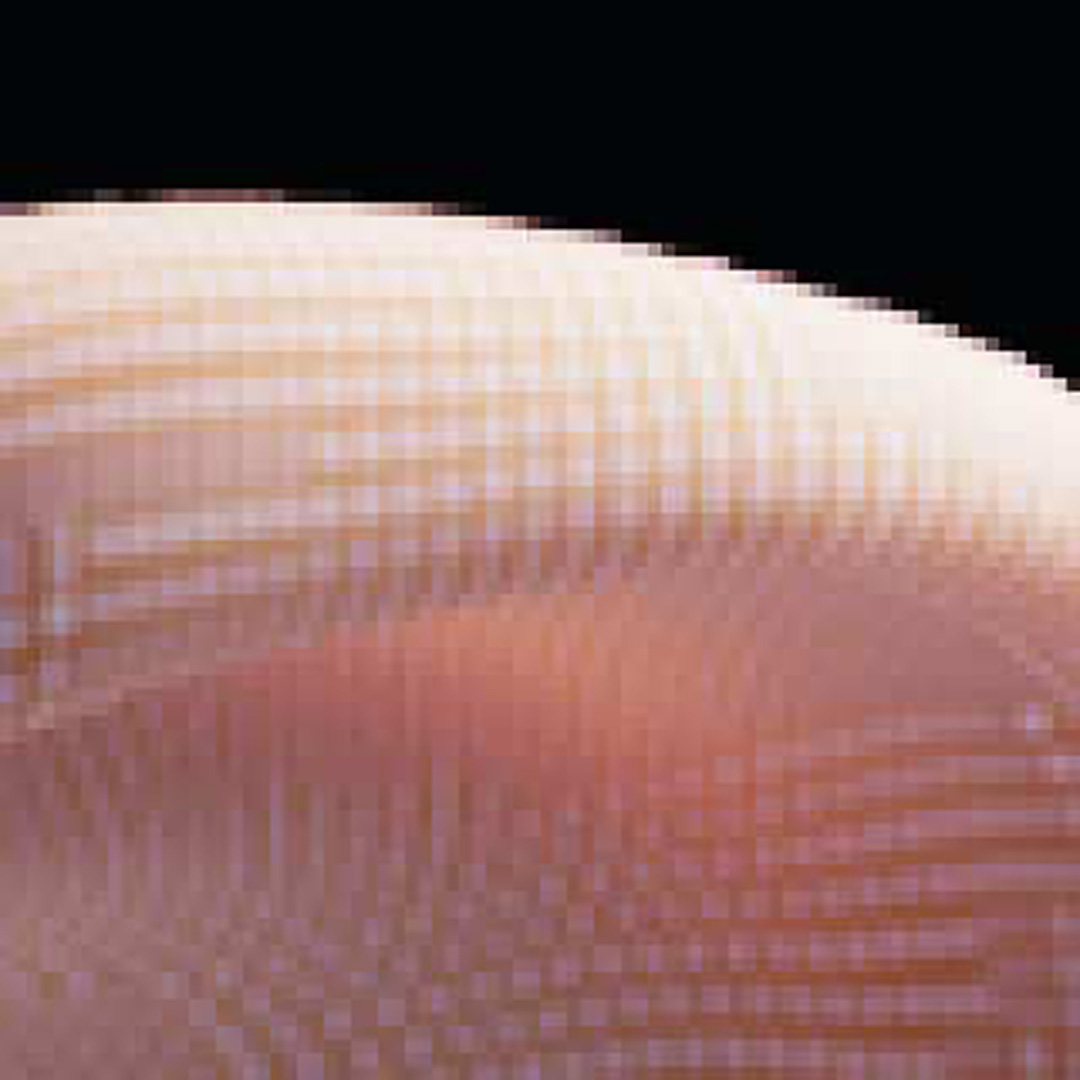“Noise-free BSSRDF rendering on the cheap” by Langlands and Mertens
Conference:
Type(s):
Title:
- Noise-free BSSRDF rendering on the cheap
Presenter(s)/Author(s):
Abstract:
Convincingly rendering translucent materials is a precious feature for production-quality rendering. The most successful techniques are based on the hierarchical pointcloud approach of Jensen and Buehler [2002], which is based on the dipole BSSRDF [Jensen et al. 2001]. This method is efficient to evaluate and naturally incorporates all the lighting effects typically deployed in a production renderer such as soft shadows and global illumination. Our PRMan BSSRDF implementation at MPC bakes illumination samples from micropolygon vertices during a pre-render to use as input for the hierachical evaluation of the BSSRDF surface integral. We notice that for a realistically scaled character in a typical film frame the required sample density to generate a smooth result is often an order of magnitude higher than that required to accurately represent the incident illumination. Such dense pointclouds are very expensive to generate (due to the often complex lighting involved) and store (due to their large size). Using lower sampling rates results in splotchy noise and flickering during animation, and is exacerbated by the non uniform nature of PRMan’s micropolygon generation.
References:
1. Jensen, H. W., and Buehler, J. 2002. A rapid hierarchical rendering technique for translucent materials. In SIGGRAPH 2002.
2. Jensen, H. W., Marschner, S. R., Levoy, M., and Hanrahan, P. 2001. A practical model for subsurface light transport. In SIGGRAPH 2001.
3. Mertens, T., and Langlands, A., 2007. Noise reduction for rendering with diffusion BSSRDFs. Submitted.





